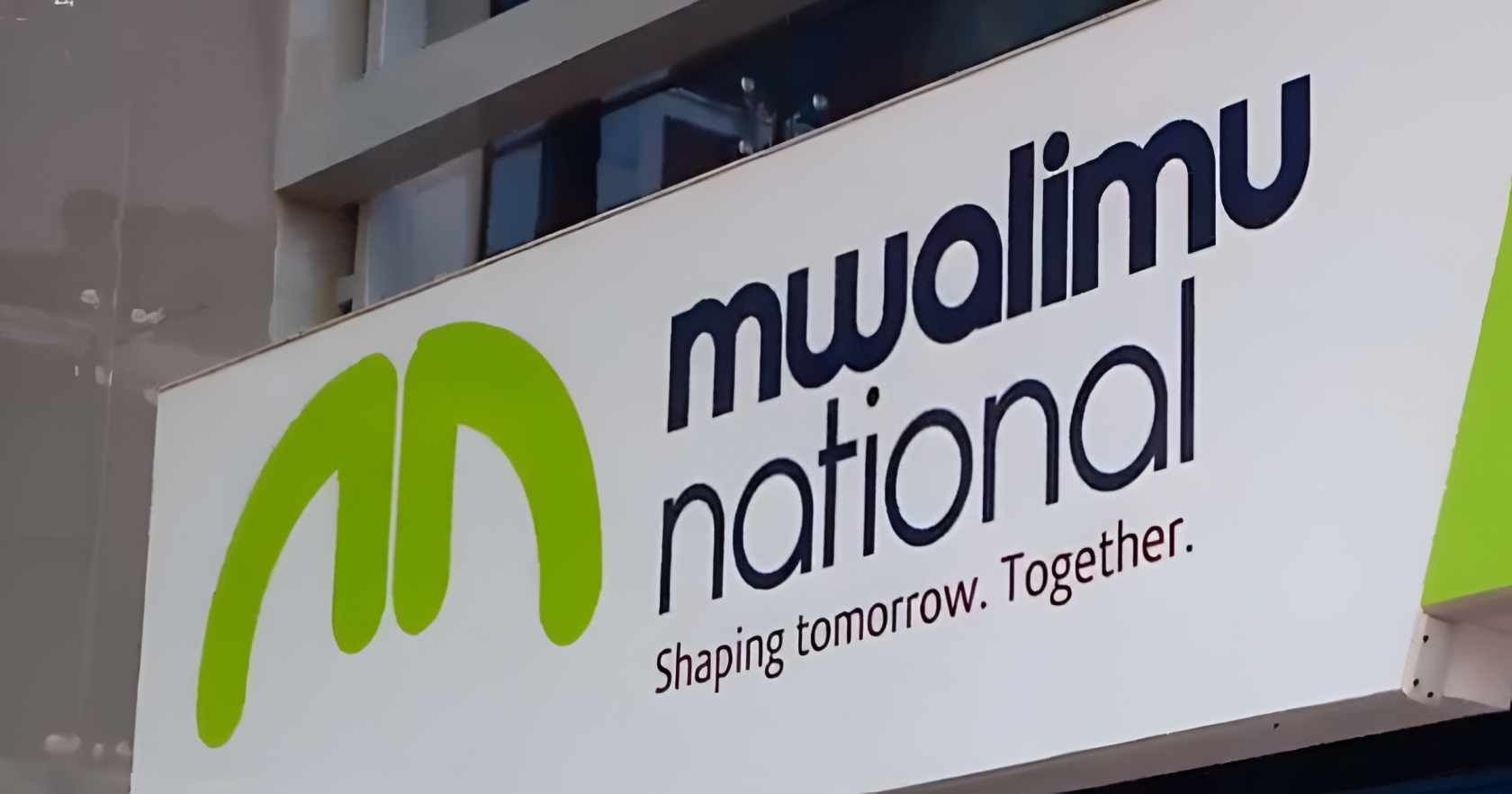Deposit-taking saccos are grappling with a widening financing shortfall after loans issued to members outpaced deposits by Sh92.2 billion in the year ended December 2024, underscoring the growing appetite for cheaper credit in the cooperative movement.
Data from the Sacco Societies Regulatory Authority (Sasra) shows gross loans advanced by the co-operatives rose 11 percent to Sh842.8 billion, compared to a 10.7 percent growth in deposits to Sh750.6 billion.
The imbalance comes as commercial bank loans became more expensive, pushing more borrowers towards saccos, which continue to offer relatively affordable credit.
This marks the eighth consecutive year in which loans issued by deposit-taking saccos exceeded deposits.
The gap, which stood at Sh49.7 billion in 2021, has almost doubled over the past three years and is now at its highest level on record. In 2016, the difference was just Sh19 billion, meaning the latest shortfall is more than four times higher.
The 11 percent loan growth in saccos contrasts sharply with a 2.7 percent contraction in commercial bank lending, which shrank by Sh113.2 billion to Sh4.07 trillion last year.
The shift is linked to the rising cost of bank credit following the Central Bank of Kenya’s decision to raise the base lending rate to 13 percent in February 2024 — the highest in 22 years — and maintain it at that level until August.
By November 2024, average lending rates at banks had climbed to an eight-year peak of 17.2 percent, with some charging as much as 25 percent.
This was nearly double the rates offered by saccos such as Stima Sacco and Police Sacco, which priced loans between 12 and 14 percent. The disparity has enhanced saccos’ role in financing households and small businesses.
However, the growing loan-to-deposit gap is raising concerns about how saccos will sustain lending without facing liquidity strains. Many co-operatives have found it difficult to attract deposits in an economy where salaries have failed to keep up with inflation for five years running. Increased mandatory deductions for housing, health and pension contributions have further reduced disposable income available for saving.
Saccos are also contending with a rise in loan defaults. Non-performing loans jumped 19.7 percent to Sh53.1 billion in 2024, from Sh44.4 billion the previous year. The surge pushed the NPL ratio up to 6.3 percent from 5.85 percent, even as provisions for bad loans were raised by 26.6 percent to Sh55.5 billion.
Some cooperatives have turned to retained earnings and borrowings to sustain lending. Still, Sasra data shows external borrowing by saccos dipped 5.9 percent to Sh25.2 billion in the period, highlighting limited reliance on debt financing.

